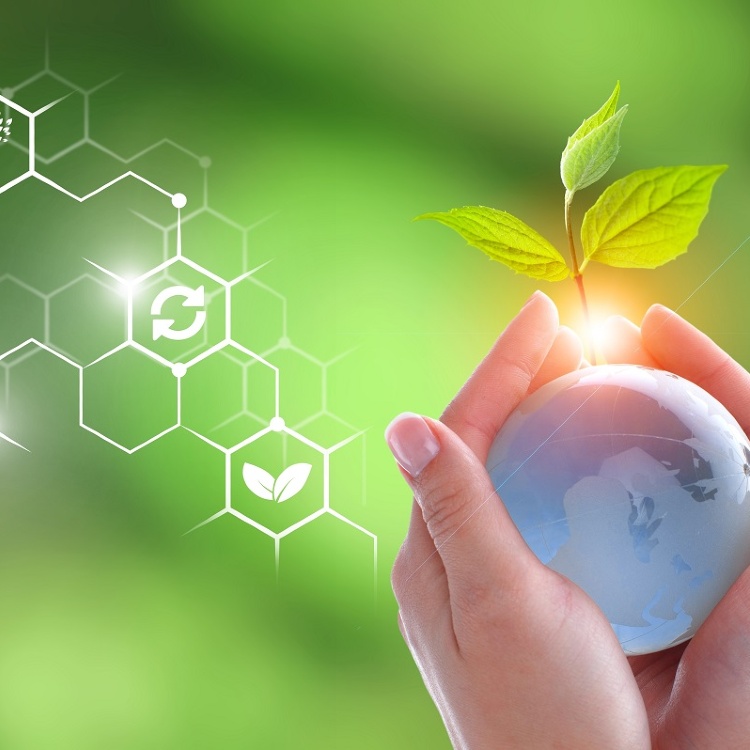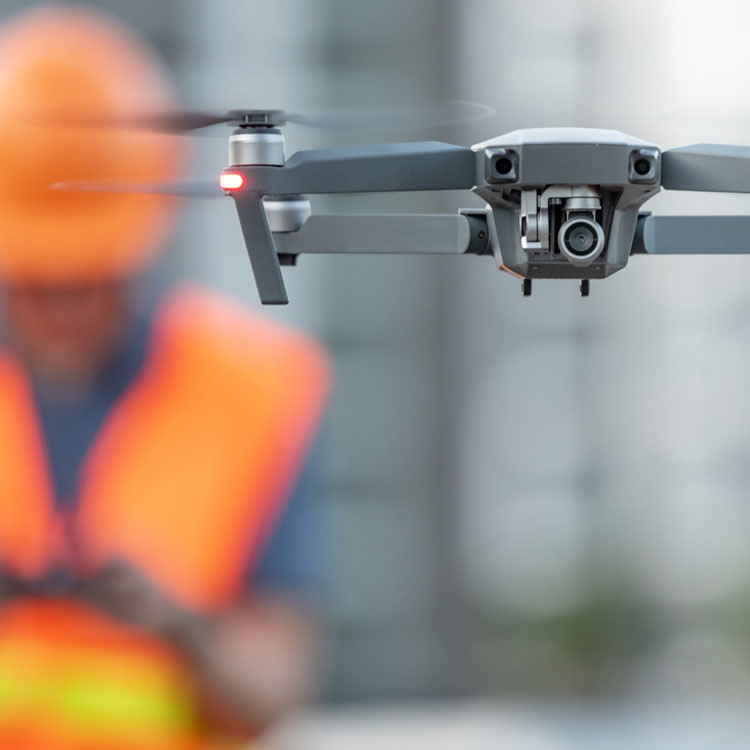The 10,000-year history of agriculture, which first began with the simple act of gently moving aside some soil and dropping in a seed, is being reshaped by a new kind of technology that the world’s ancestors could hardly fathom. Today, farmers are using drones to capture a bird’s eye view of crops and digitize farming processes that have been around for millenniums.
“Drones are giving us real-time situational awareness, getting information that you need when you need it,” said Brian David Johnson, a futurist and writer for Successful Farming Magazine.
Unmanned aerial vehicles (UAVs) collect massive quantities of data with greater speed and efficiency than ever. When connected to cloud computing, these data technologies inform farmer’s decision-making on everything from hydration to pest control, planting and harvesting times.
Drones can help monitor everything from crops to nurseries and cattle. Aerial imagery can be used for natural disaster insurance. With drones, research and development groups can bring new seeds and chemicals more swiftly to market, according to Johnson.
“Drones give you a real-time understanding of your crops and all the different knobs that we have to turn in agriculture to increase yield, safety and productivity,” said Johnson.
Aerial advantages
Farmers have to make an immense number of decisions every single day to ensure a successful harvest, work that is further complicated by the immense size of most agricultural operations. Cue drone farming.
Since farm and ranch acreage can often number in the thousands, these flying computers can whizz over sprawling fields faster and more often than a farmer can walk or drive to view crop conditions. Drones also carry a variety of cameras that provide higher spatial and spectral resolution than satellite imagery, according to Dr. Bobby Vick, Director of Agriculture at PrecisionHawk, a company providing drone services to the industry.
“In a matter of minutes, a drone can cover a property with much more granularity than with boots on the ground,” Vick said. “There’s perspective from the eye in the sky that can’t be matched at fields edge. Ultimately, it’s about being able to make more informed and precise decisions.”
Drones are less expensive than renting a helicopter or airplane, giving farmers the opportunity to collect data more frequently.
“You start to get data constantly whereas previously with a plane you might get one flyover a year, if you’re lucky,” said Johnson, who is also a professor of practice at Arizona State University’s School for the Future of Innovation in Society.
With drone farming, workers can detect pests and uncover contagious diseases that could be devastating for their crops and ruinous to a year’s worth of seeding, irrigating, fertilizing and harvesting. Drones in agriculture can assess flood risks, track plant water stress, identify stray livestock or monitor overall water quality.
According to Forbes, drones’ sub-millimeter image resolution can help cultivate a knowledge-base that only continues to grow over time. The kind of data that this technology generates is absolutely crucial to the industry and can make the difference in farmer’s ability to be profitable and feed the masses.
UAVs can even help address the declining bee population. Stepping up in that area is Dropcopter, a pollination service company that uses drone aircraft to pollinate orchards, increasing the amount of fruit that grows on a tree.
Flying into the Cloud
Drone data often lives in the cloud, and in concert with specialized software, it can provide many insights to agricultural operations. One example is PrecisionHawk’s crop counting tool, which uses machine learning to determine the number of plants or trees in a given field.
Using the cloud, farmers can employ data analysis, artificial intelligence and machine learning algorithms to get meaningful insights around the health of their soil, crops, and herd. At predefined times, drones can also automatically go out, do whatever data collection it’s programmed to do, come back to a central base station, offload the data to the cloud and an action can be automatically triggered, like turning on an irrigation system.
Johnson believes that the drone data collected in the cloud will also allow farmers to share information and collaborate, collectively generating predictions on the most profitable crops for the upcoming season.
“I think we are at a transition point,” said Johnson. “Pretty soon, drones will be as ubiquitous as your smartphone or as a crop-duster. They will just become an every-day tool.”
For farmers, that’s great news — especially when you’re trying to feed the world.
Chase Guttman is a technology writer. He’s also an award-winning travel photographer, Emmy-winning drone cinematographer, author, lecturer and instructor. His book, The Handbook of Drone Photography, was one of the first written on the topic and received critical acclaim. Find him at chaseguttman.com or @chaseguttman.
© 2023 Nutanix, Inc. All rights reserved. For additional legal information, please go here.







